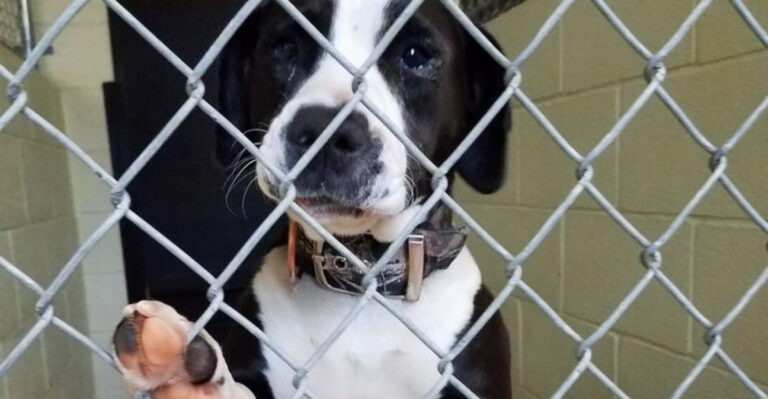13 Fascinating Similarities Between Ragdoll And Birman Cats You’ll Love
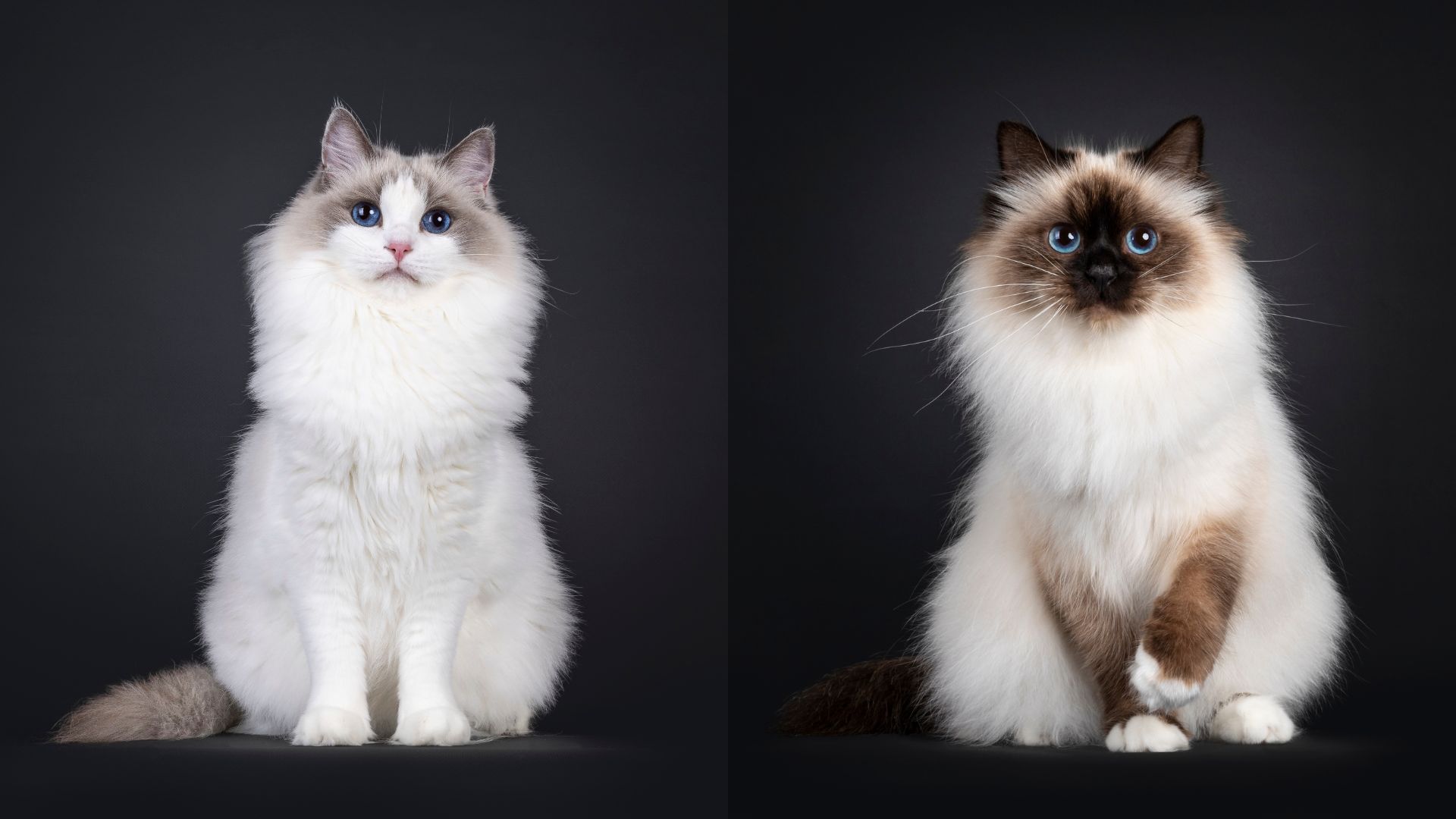
At first glance, it can be hard to say whether a cat is a Birman or a Ragdoll. They are so similar in physical appearance, that it’s a little bit tricky to say which breed a cat belongs to. Even when we compare their personalities, they have many shared traits.
You might be wondering: How do you differentiate Birman Vs Ragdoll?
They share a surprising number of traits, including similar eye colors, coat colors, friendliness, lifespan, and many other characteristics. Let’s have a look into the amazing similarities between these two beautiful cat breeds!
1. Type Of Fur
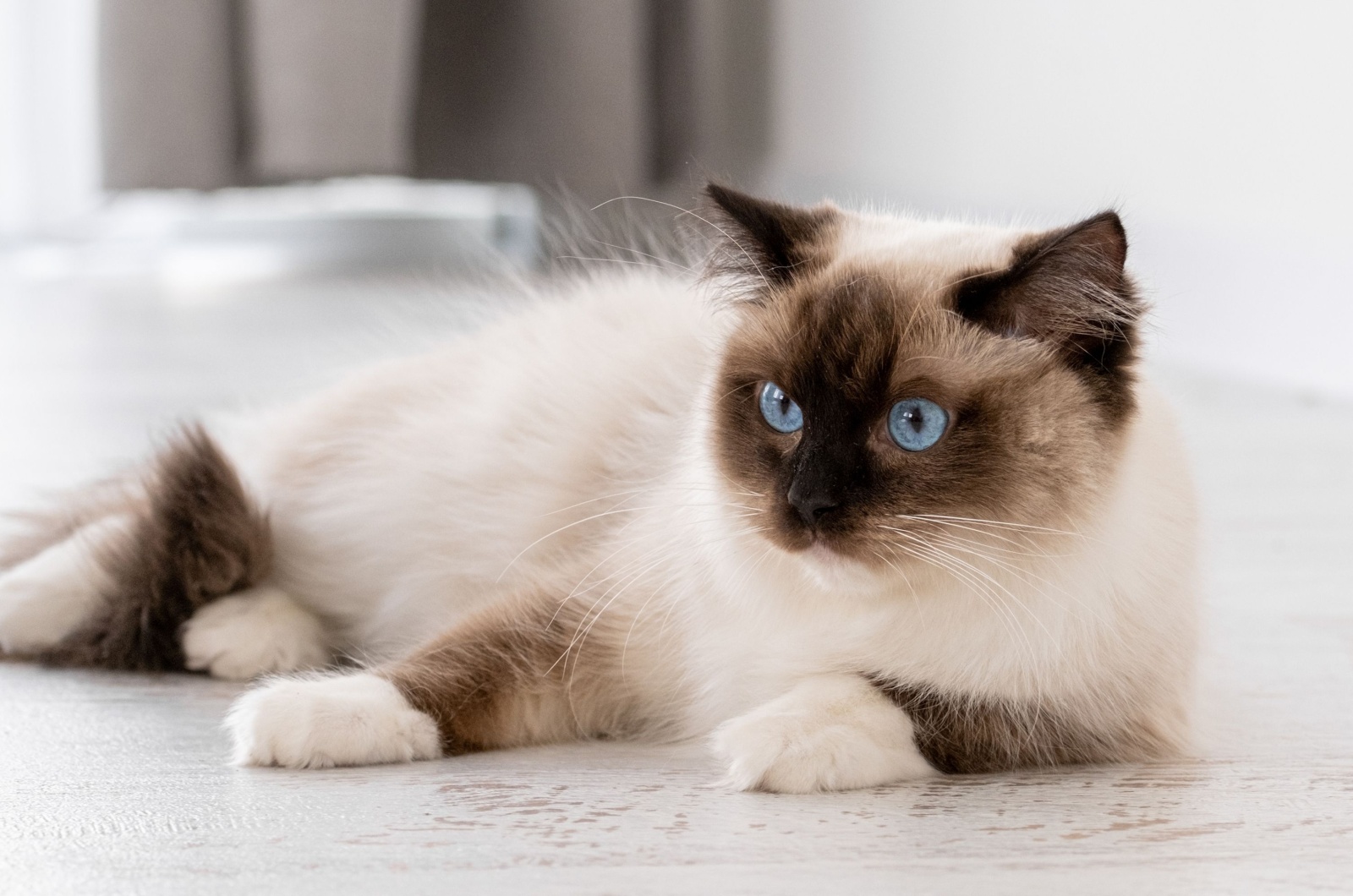
Both Birman and Ragdoll cats have essentially the same type of fur – a single coat with no undercoat. They’re both semi-longhaired cat breeds.
Because they don’t have an undercoat and their hair is medium length, there isn’t a lot of shedding and so less grooming.
Birman cats are famous for being mat-free, as their fur does not mat or tangle easily (even though it’s possible, of course).
2. Coat Color
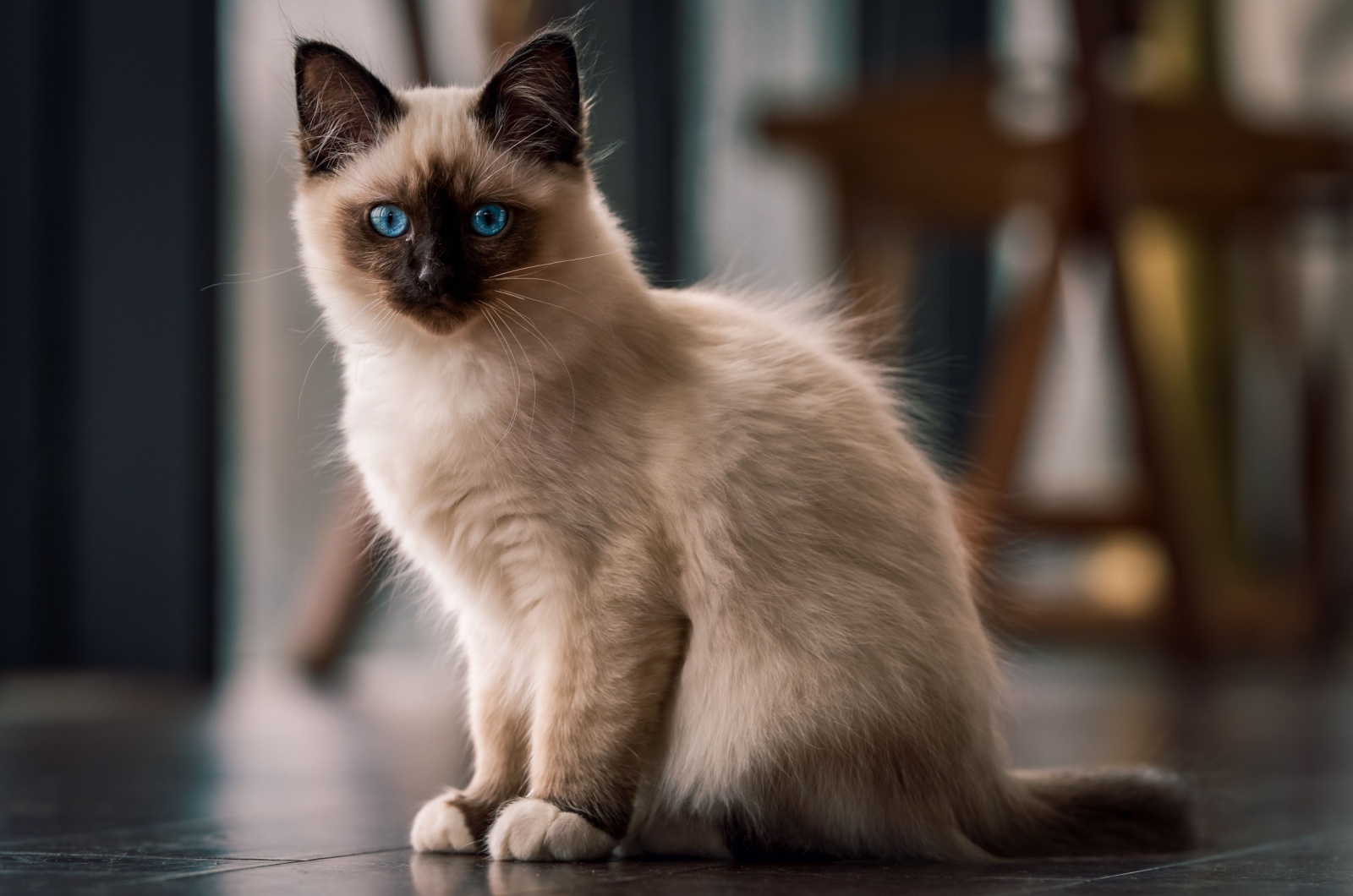
When it comes to colors, both Birman and Ragdolls can be found in the following color varieties: Chocolate, Seal, Blue, Cinnamon, Fawn, Red, Cream, and Lilac.
Wanna know what is the most common pattern-color combination for these two? Well, Birman cats are usually seal point, while Ragdolls are most commonly seal and blue point cats.
3. Personality Traits
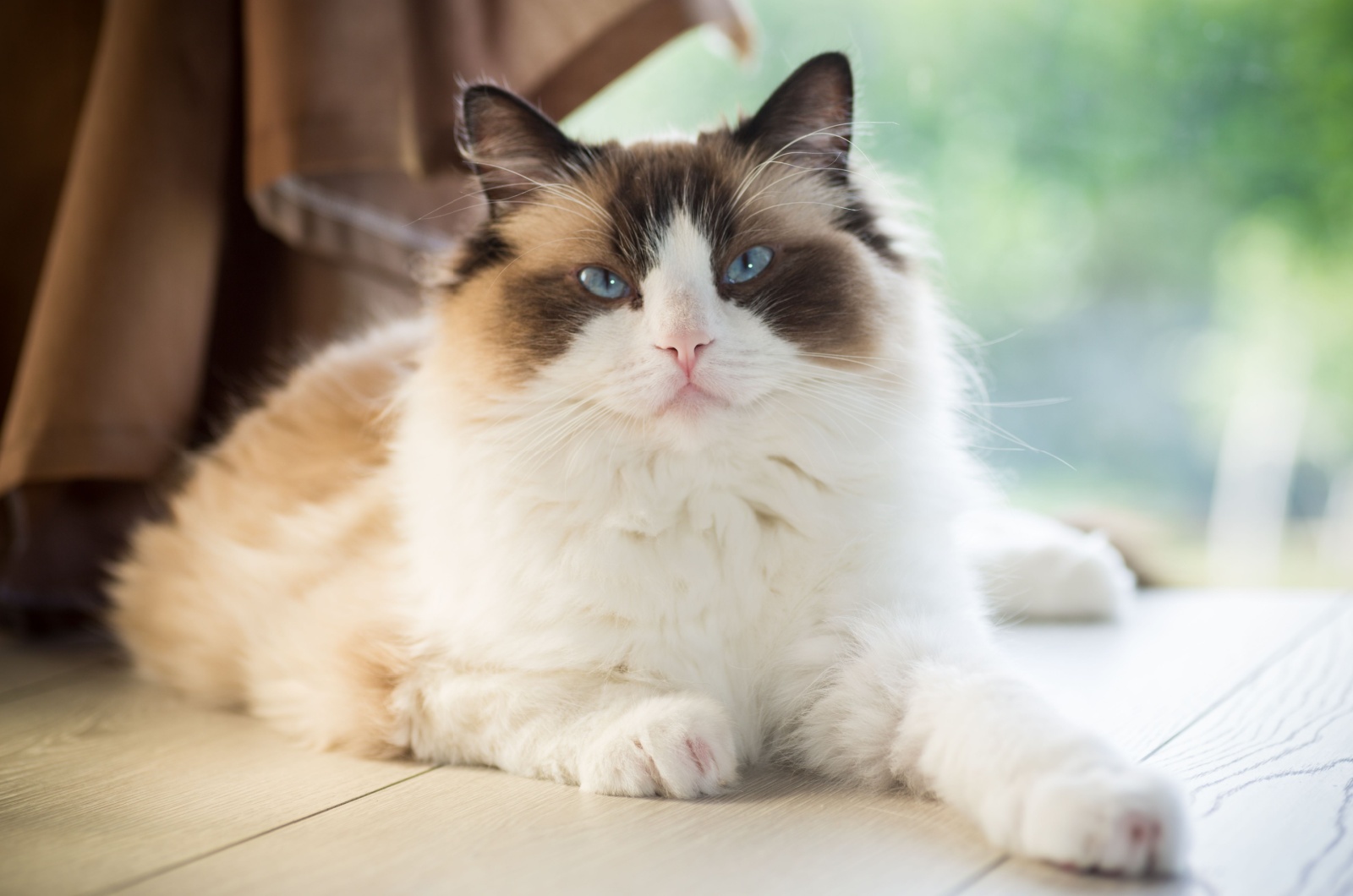
When it comes to personality, as you’ll see, they are very similar.
Some traits they have in common are being affectionate, loving being held and cuddled, very loyal, relaxed and laid back. So, all in all, both Birman and Ragdoll cats have very charming and loving personalities.
4. Friendliness
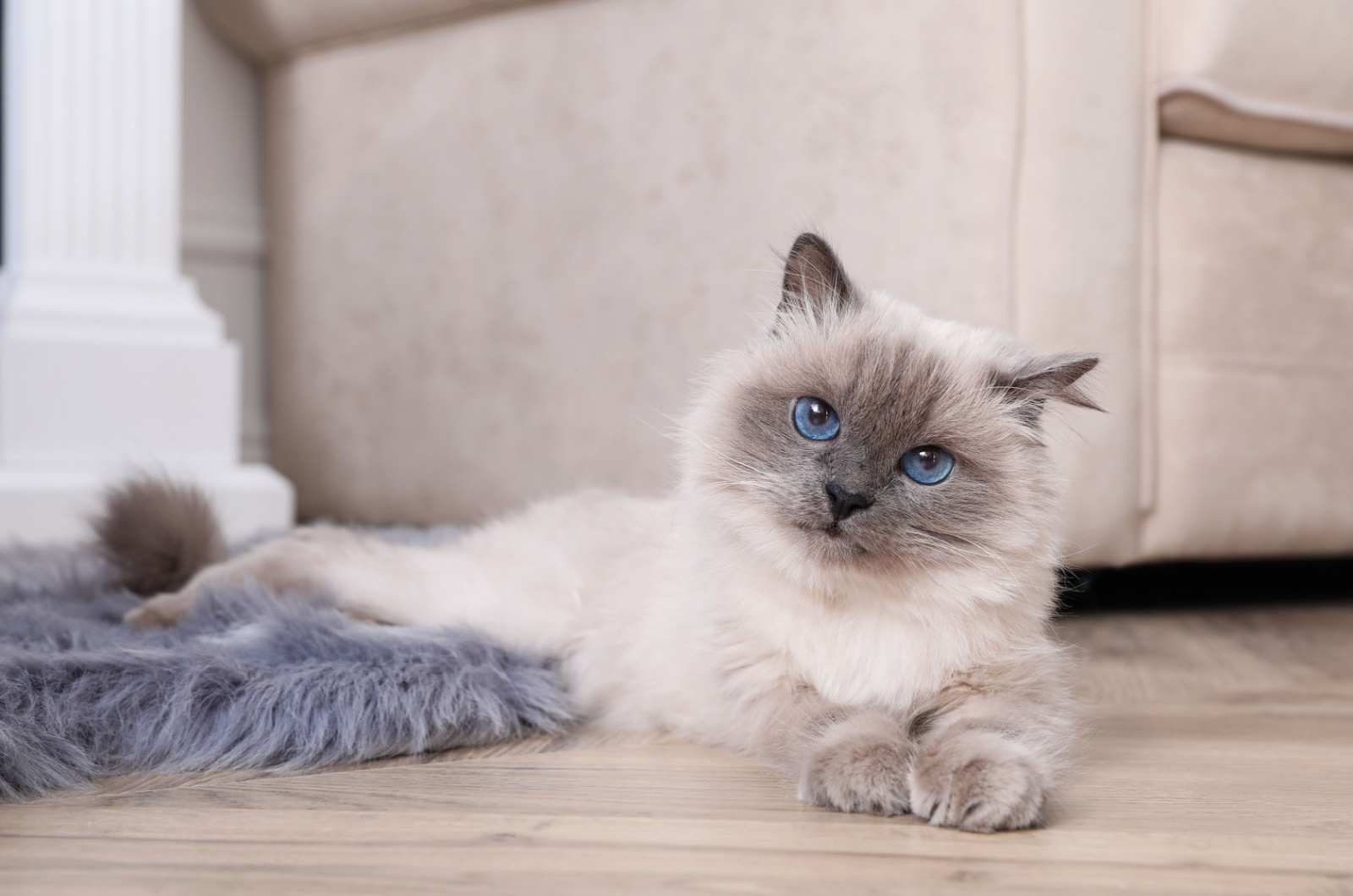
Both breeds of cat are very friendly towards people and other pets. This is due to their calm and laidback personalities, as well as their love of affection and attention. They are easy to handle, which makes them one of the most desirable cat breeds there is.
Birman and Ragdoll cats are both known to be very loyal and they quickly become their owner’s lifelong friend.
They each adapt easily to new environments, so new people or pets don’t create stress for them at all. They actually love being around people and pets (new or old – it doesn’t matter) and get along with them nicely.
This high tolerance level comes in handy when it comes to playing with kids. Ragdolls are so friendly that they often get compared to dogs and are commonly called “puppy cats”. How cute is that?
5. Aggression? Never Heard Of It.
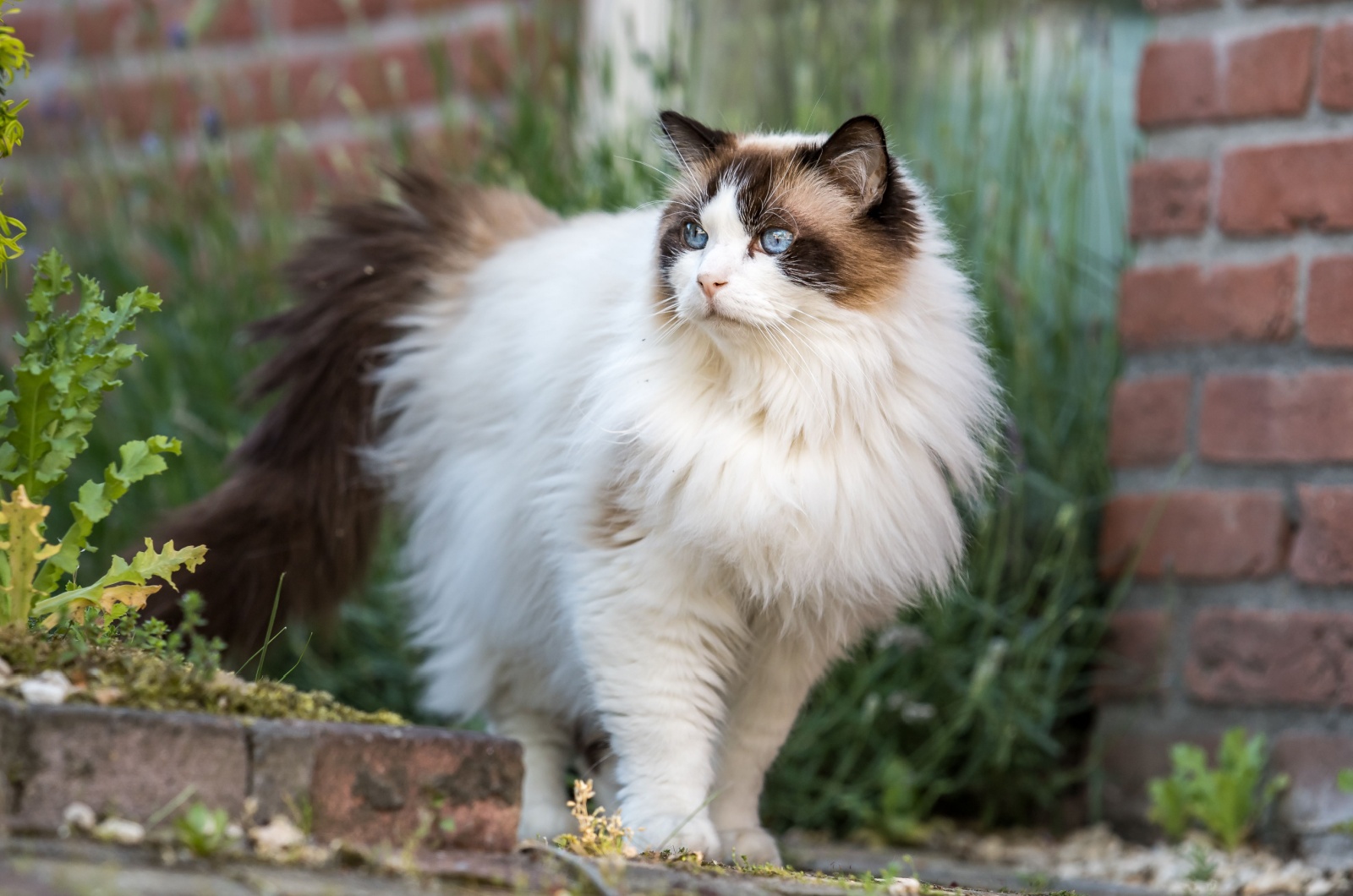
Neither the Birman or the Ragdoll cat are aggressive by nature. In fact, they are the exact opposite of that; they’re very calm and tolerant.
One thing to note is that Birman cats can be a bit territorial, but not necessarily aggressive.
Of course, any cat can be aggressive due to poor socialization, lack of training, bad temper, and if they feel threatened. Generally speaking, Birman and Ragdoll cats are not aggressive by nature.
6. Lifespan
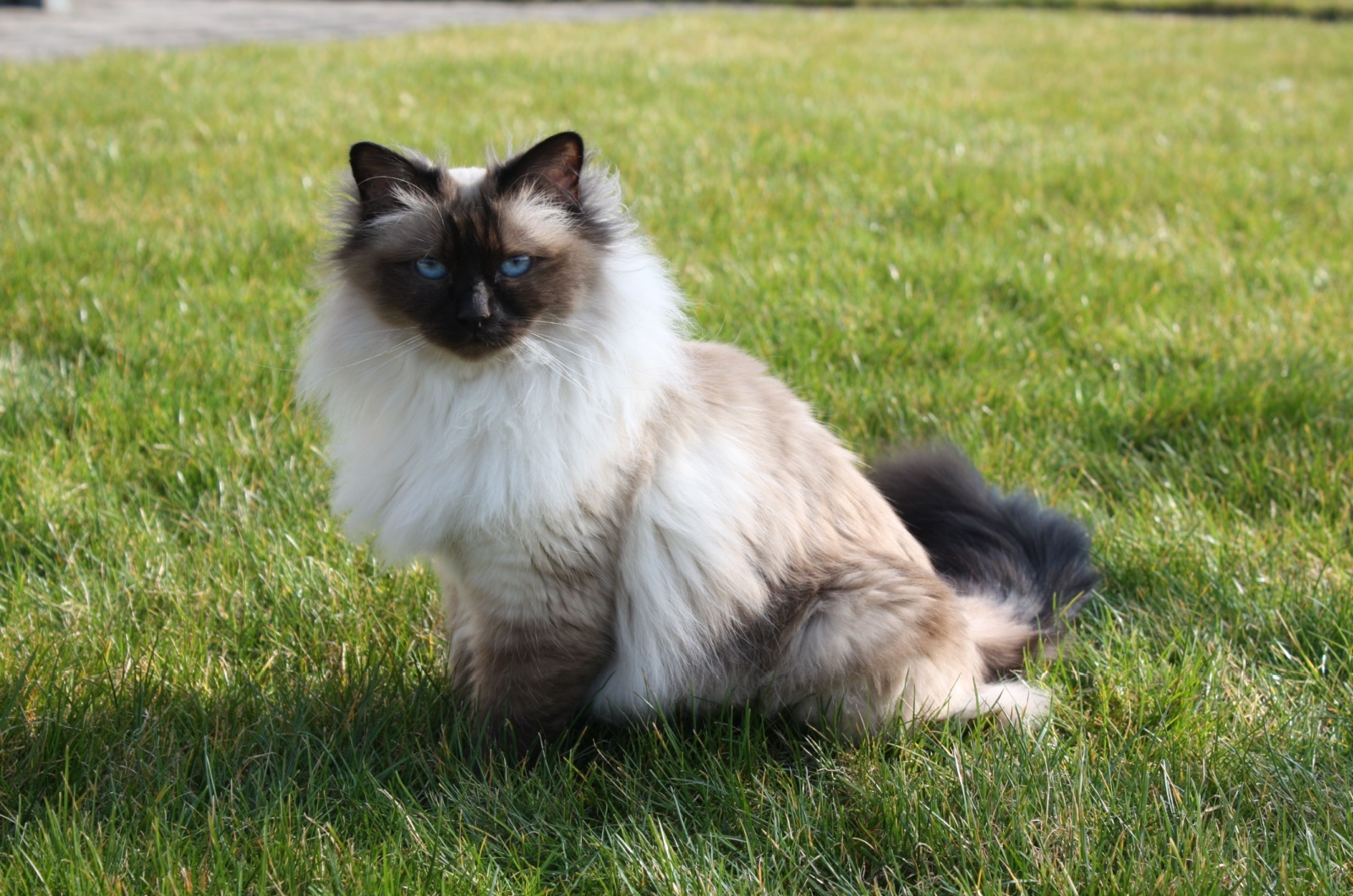
Both cat breeds have pretty much the same lifespan. The average lifespan is anywhere from 9-15 years. Some cats can live much longer than this and there are records of members of both cat breeds living past the age of 22.
Of course, it all comes down to the individual cat’s genetics, diet, amount of physical exercise, etc.
7. Intelligence
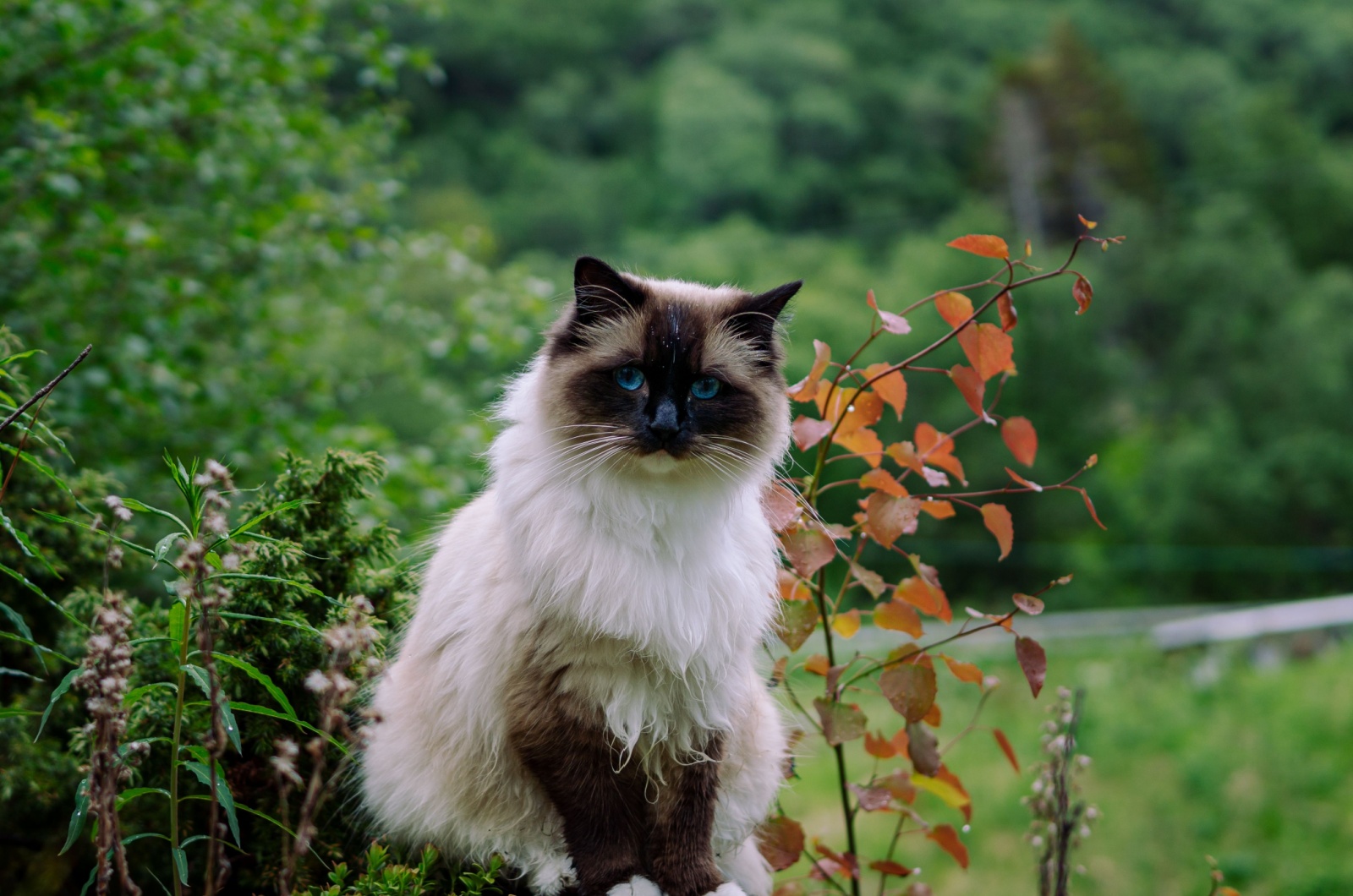
Both Birman and Ragdoll cats are quite intelligent. They can be trained. For example, they can be taught to do some tricks such as “fetch”, ”come” and “roll over”.
8. Diet
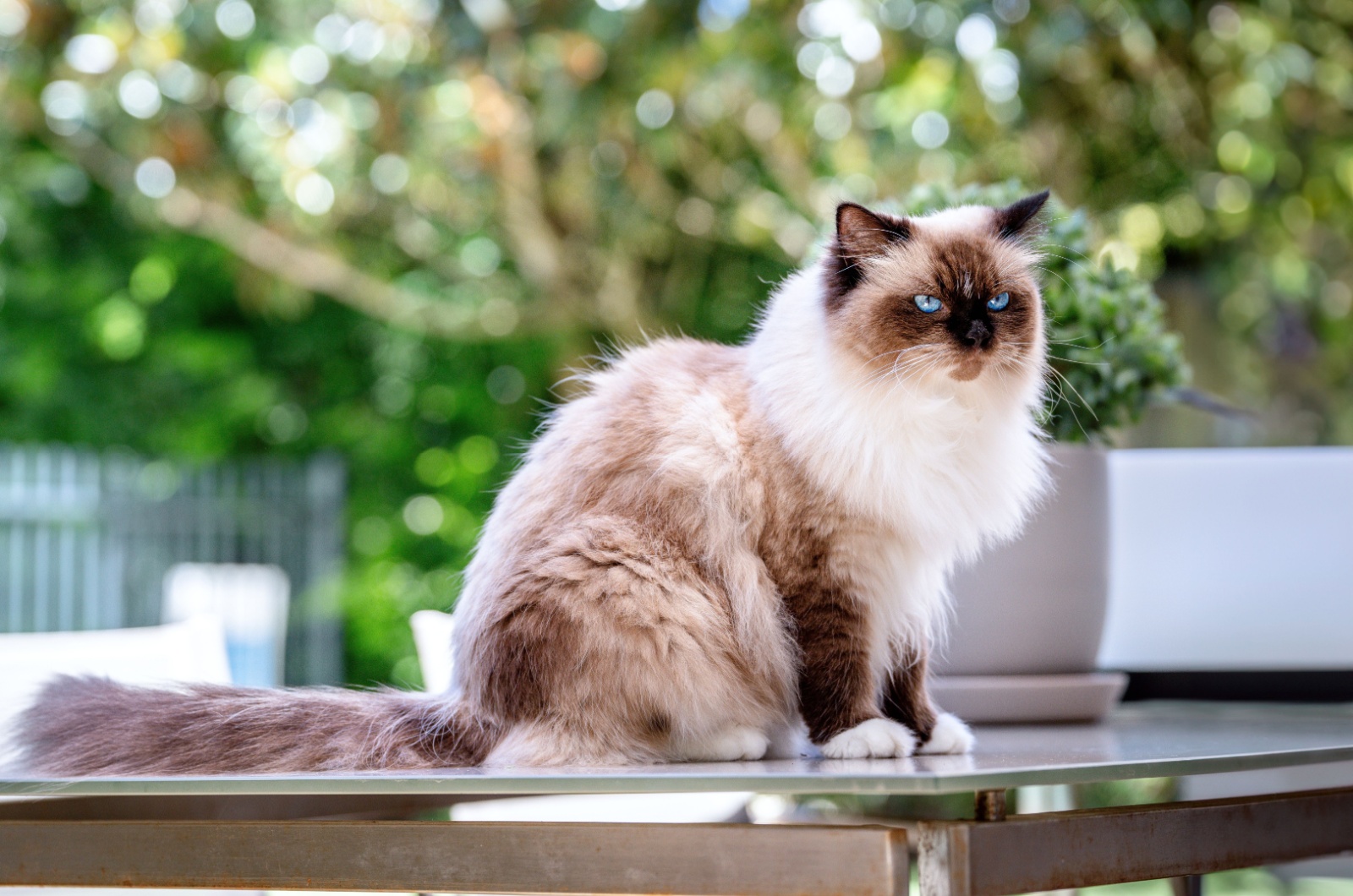
They don’t need any special kind of diet. Like any other cat, they need lots of proteins, some fat, and a minimal amount of carbohydrates. Make sure they drink their water and don’t give them too many treats (but you already know this!)
One thing to keep in mind is that Ragdolls can get a bit chubby due to lack of activity. That’s why it’s important that they have a healthy diet and enough physical activity, so you can avoid weight gain.
9. Grooming Needs
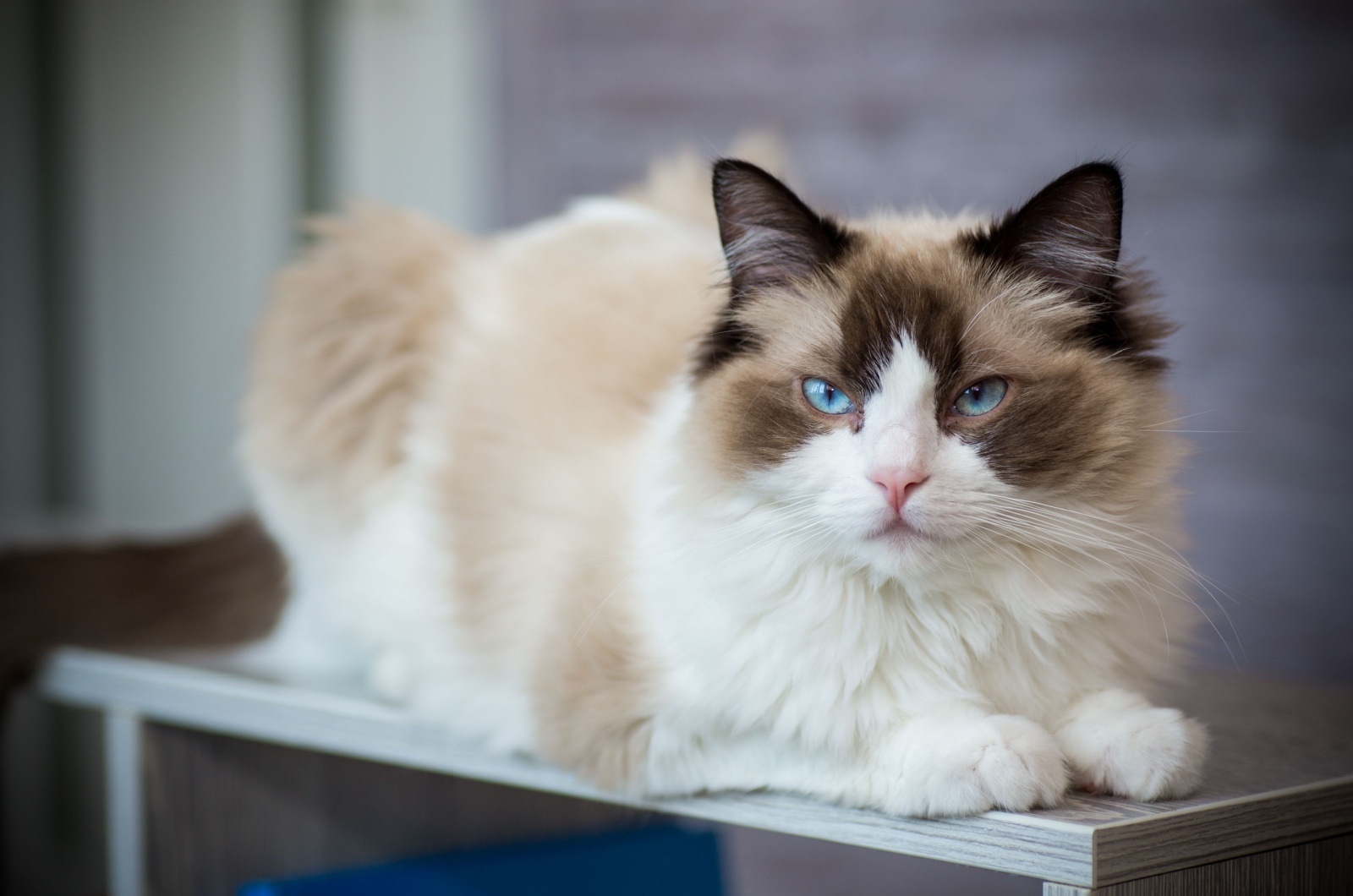
The absence of undercoat for both breeds is a benefit for cat owners that don’t want a cat that sheds a lot or needs a lot of grooming.
The Ragdoll and Birman only need a little bit of grooming:
• they need to be brushed and combed every week.
• some minor tangles should be expected.
• a metal comb is recommended.
They are semi-longhaired, so their shedding is not substantial.
10. Adaptability To Indoor Living
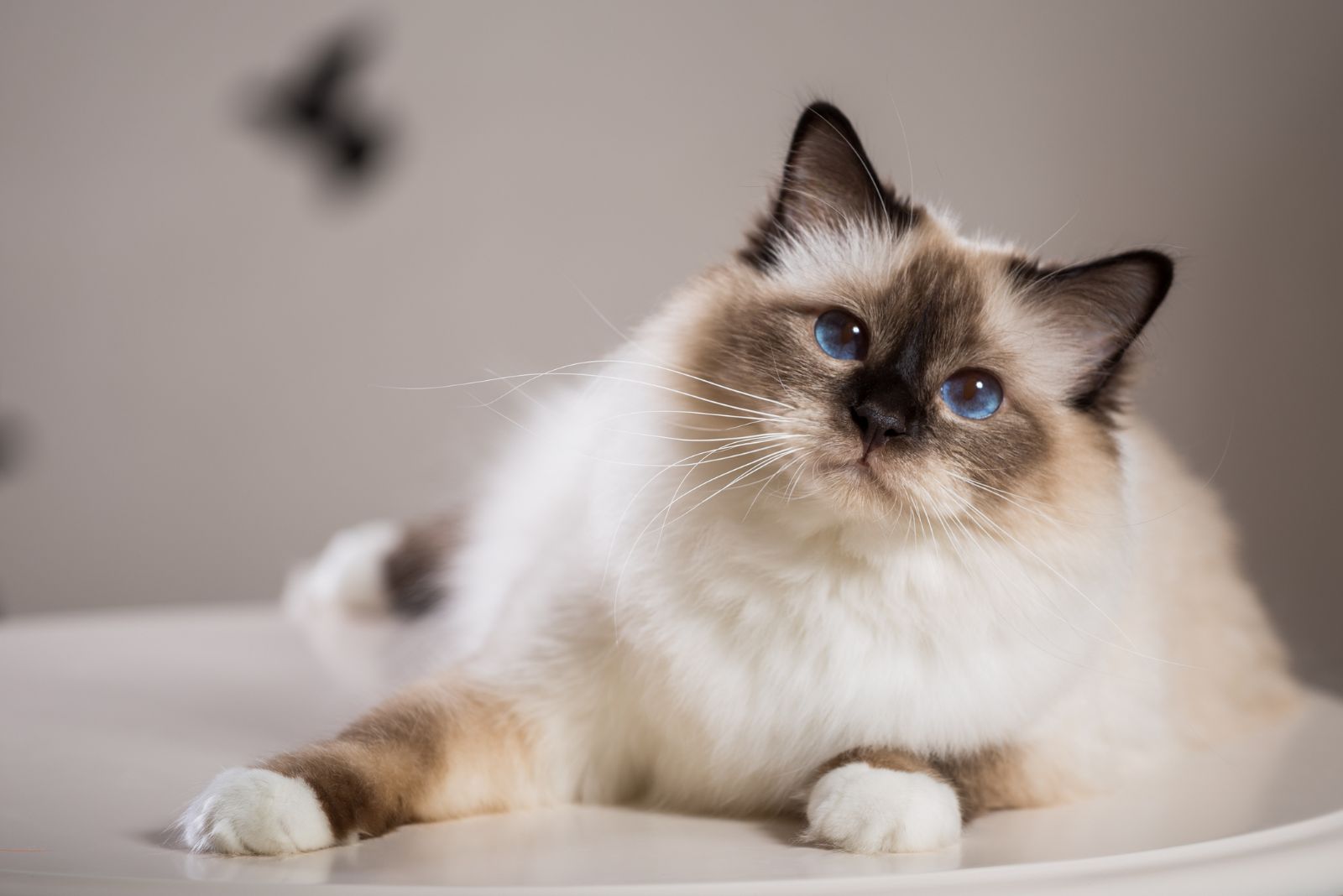
Ragdolls and Birmans are perfectly suited for indoor living, making them ideal pets for apartments or homes without outdoor access. Unlike more independent or adventurous breeds, they don’t have a strong urge to roam outside and are happy staying close to their owners.
These cats find joy in simple indoor pleasures, such as lounging in a sunny spot, perching on a window sill, or curling up on a cozy chair.
Their calm nature and adaptability mean they adjust well to various living environments, provided they receive love, attention, and a comfortable space to call their own.
11. Excellent With Children And Other Pets
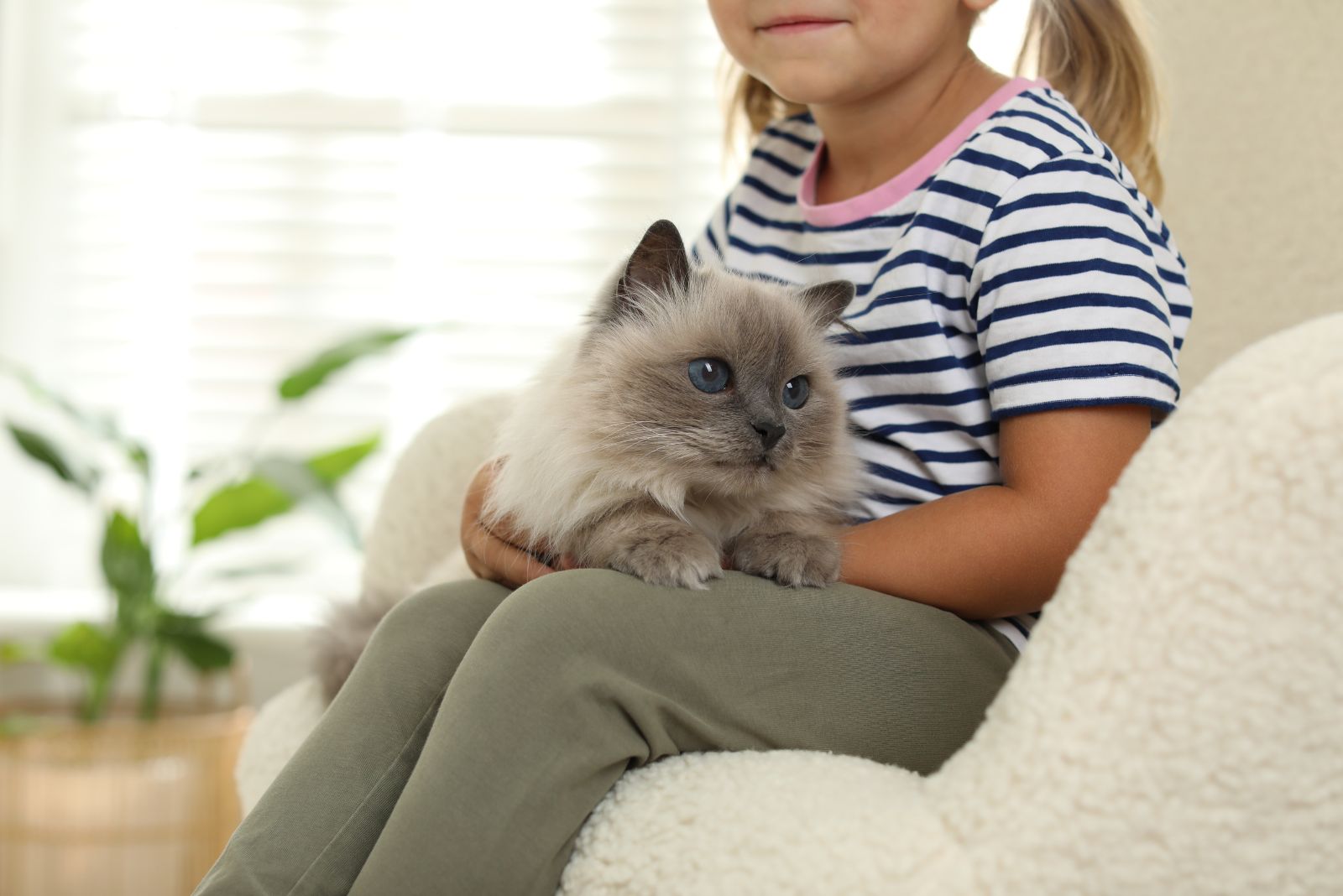
Both Ragdolls and Birmans are celebrated for their patient and tolerant natures, making them wonderful companions for families with children or other pets.
They are known to handle a child’s playful energy with remarkable composure, often enjoying gentle games and interaction.
Their easygoing demeanor also extends to other animals, allowing them to coexist peacefully in multi-pet households. Whether it’s another cat, a dog, or even smaller pets, Ragdolls and Birmans adapt well, fostering harmony and companionship within the home.
12. Health
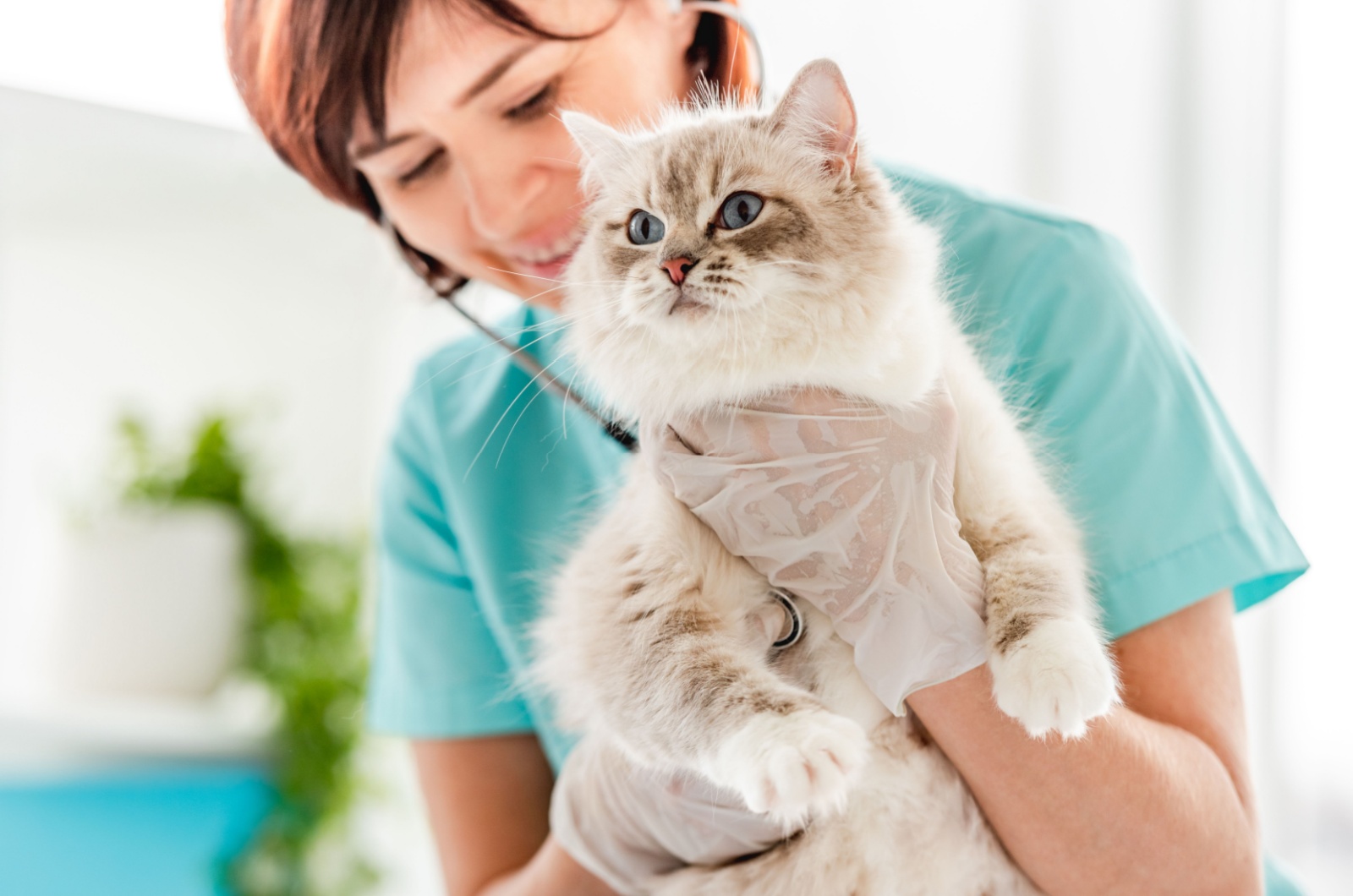
Credit: Shutterstock
When it comes to health, both Birman and Ragdoll cats are relatively healthy breeds, though they share a few genetic predispositions. Both breeds are prone to hypertrophic cardiomyopathy (HCM), a heart condition common in many purebred cats, making regular veterinary checkups essential.
Additionally, kidney disease and urinary tract issues can occasionally affect both breeds, requiring proper hydration and a well-balanced diet. Ragdolls are slightly more prone to obesity due to their laid-back nature, while Birmans tend to stay more active.
However, both breeds are long-lived, with an average lifespan of 12 to 16 years. With proper care, a healthy diet, and routine vet visits, both Birmans and Ragdolls can live long and fulfilling lives. Their similar genetic backgrounds mean that potential owners should be aware of the same health concerns and take preventive measures to keep these affectionate felines in top condition.
13. Price
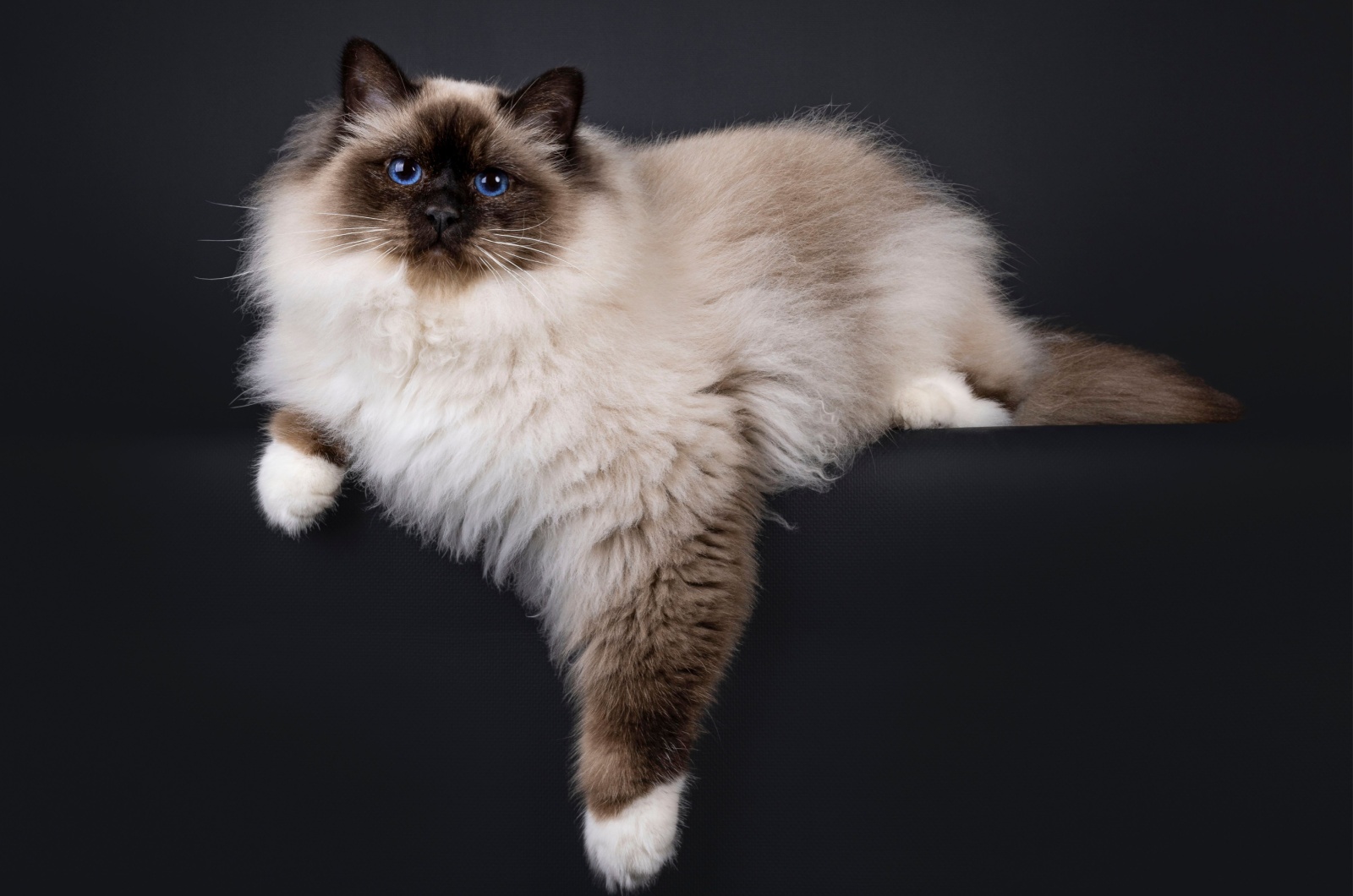
Credit: Shutterstock
Both Birman and Ragdoll cats are considered premium breeds, and their prices reflect their popularity and pedigree. The cost of a Birman cat typically ranges between $800 to $2,000, depending on lineage, breeder reputation, and coat markings.
Ragdolls, on the other hand, fall within a similar price range of $1,000 to $2,500, with show-quality cats fetching higher prices. Both breeds are in high demand due to their affectionate nature, striking blue eyes, and luxurious coats, making them more expensive than many other cat breeds.
Additionally, potential owners should consider ongoing expenses such as grooming, high-quality food, and veterinary care.
Since both cats are bred selectively and are not as common as some other long-haired breeds, their prices tend to stay consistently high. Despite the cost, their loving and gentle temperaments make them a worthwhile investment for those seeking a loyal and affectionate feline companion.





